6 Things You Should Know About Supercharging A Toyota GT86
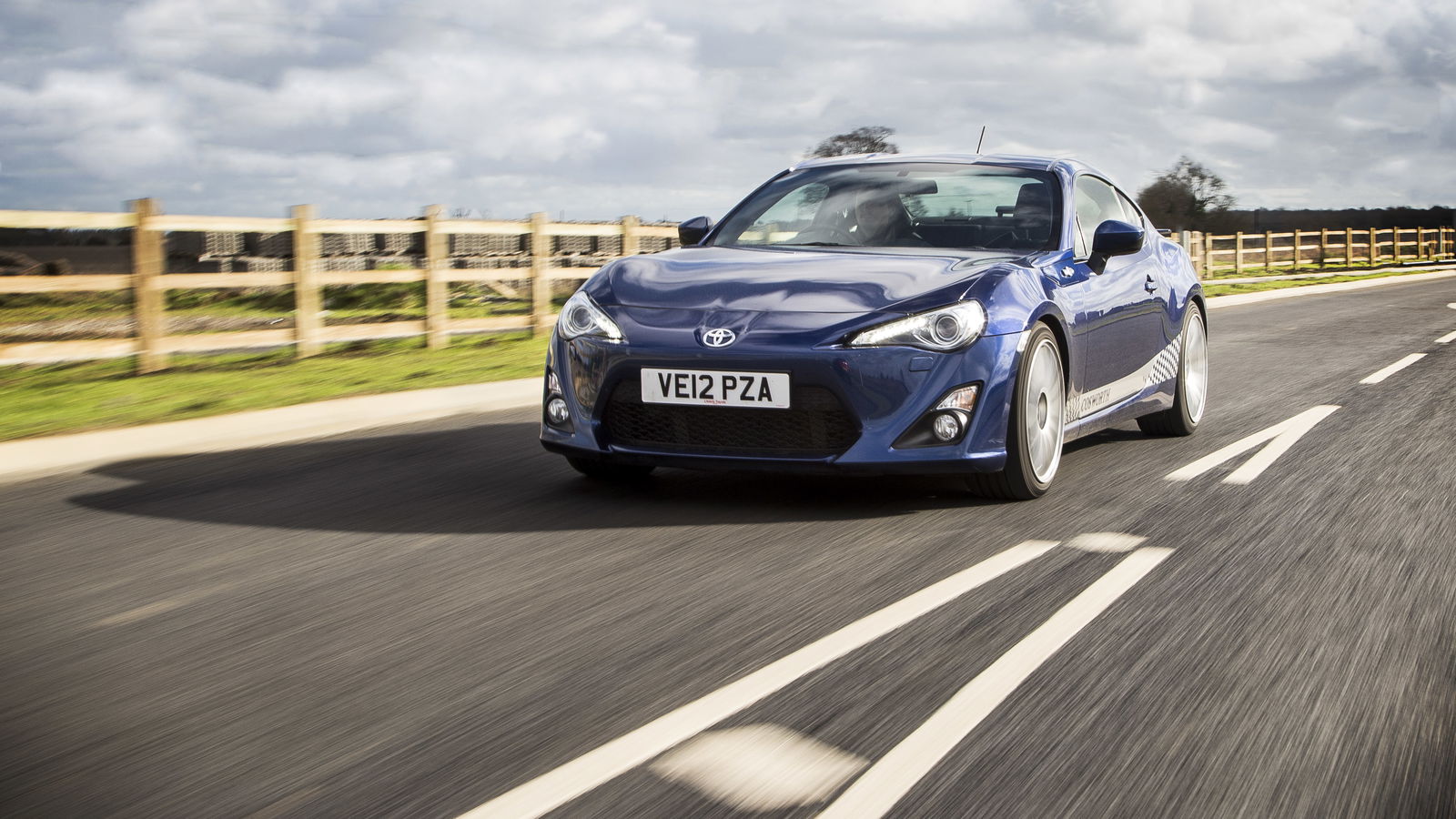
It’s no secret that we love the Toyota GT86 and Subaru BRZ twins, but the first-generation cars always felt like they needed a good heap of extra power. The chassis was spot on, but you could be out-dragged by some diesel estate cars. Some tuner companies like Cosworth decided to overcome that issue by bolting on a supercharger. Fancy doing the same? Here’s what you need to know about a GT86 or BRZ with a supercharger.
Editor’s note: since this article was first published, the new Toyota GR86 and Subaru BRZ have launched, and it hasn’t taken long for a supercharger kit to become available; famous Japanese tuners HKS have already done it, and others will surely follow. We should also point out that Cosworth’s GT86/Subaru BRZ supercharger kit is no longer available.
More power just feels ‘right’
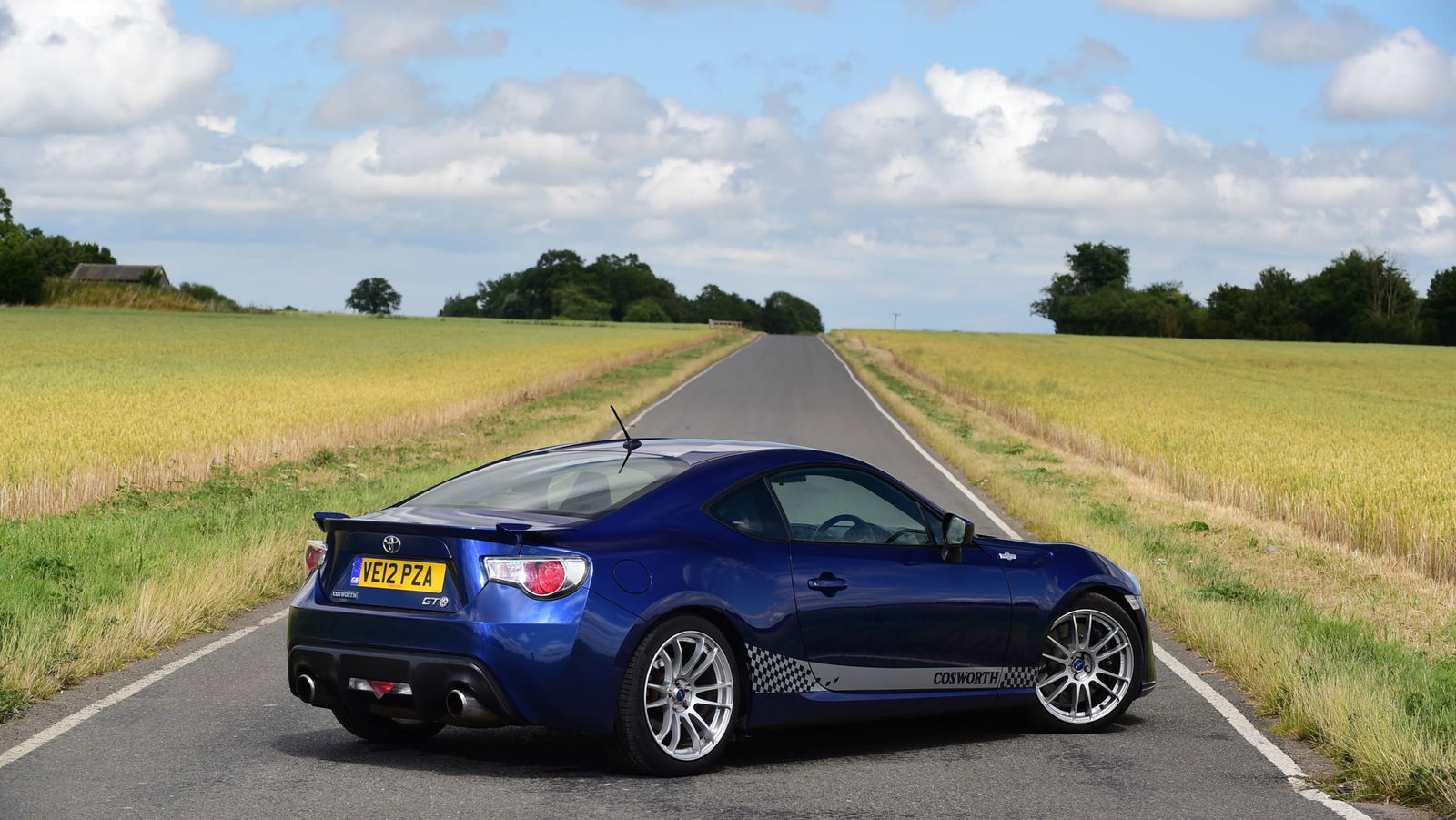
Many would argue that the fact the GT86 isn’t that powerful is just besides the point. It’s never been a car about raw numbers, and I do get that. But I should imagine anyone with that point of view stands a good chance of having their mind changed rather dramatically after trying a supercharged Toyobaru, because as soon as you put your foot down in the Cosworth ’86, it just feels right.
With the power at around 280bhp, this particular GT86 finally has that pin you to the back of your seat feel when you put your foot down. The mid range is much stronger too, but what’s pleasing to see is that you still have to rev it out and wring its neck to access all of that power. That means you still get plenty of opportunity to experience the GT86’s utterly slick gear shift action, and plenty of opportunity to experience some sweet boxer-four noise. The Cosworth car sounds especially good thanks to a cat-back exhaust, albeit at the expense of your sanity during motorway driving, when the pipework is irritatingly droney.
It picks up quickly, too. Cosworth rightly points out that it wouldn’t be quite so keen with a turbocharger or centrifugal ‘charger, rather than the screw-type unit it has at its core. It’s also worth noting that with the new power output, it still doesn’t feel excessive for the road. It’s a car you can give plenty of stick without worrying about ‘accidentally’ hitting silly speeds.
Want some stats to put all this in perspective? There aren’t any official numbers, but 0-62mph is doable in under five seconds. Not bad.
‘Toys’ add an extra dimension of entertainment
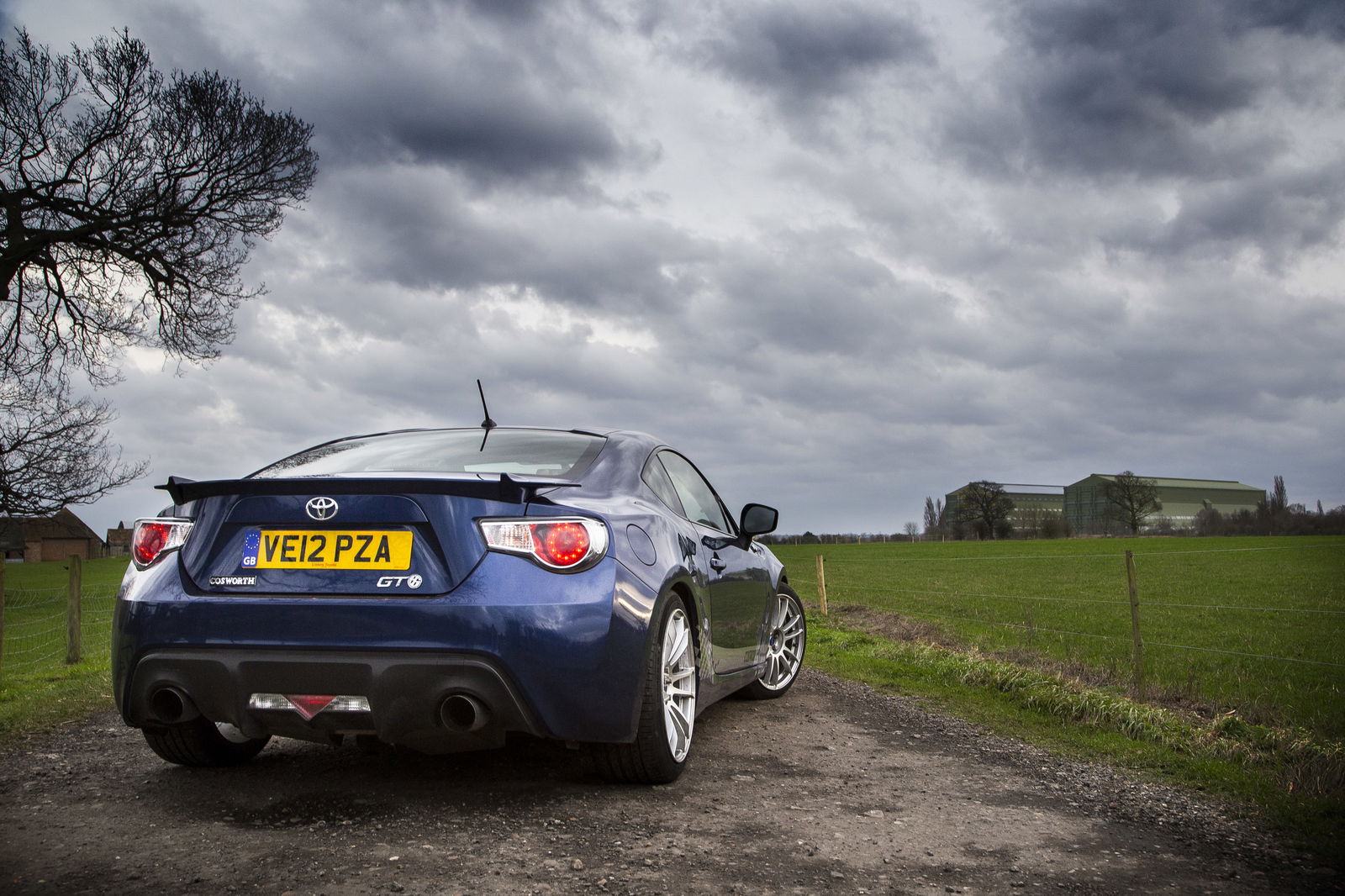
The Cosworth also has the benefit of switchable maps, accessed by pulling on the cruise control lever. You get a choice of four maps, each differing in aggressiveness (map one is for 95ron fuel, the rest for 98), with map four giving you access to fun things like rev matching, launch control and no-lift shifts.
The rev matching feature is entertaining, but I’m not sure I’m a fan of the no-lift shifts - what that feature does is impose a temporary rev-limit of around 5000rpm during changes, but that results in a sort of ‘warrrrr BABABA! warrr…’ thing going on, which to onlookers might just sound like you don’t know how to shift gears properly.
‘Normal’ driving is less of a hassle
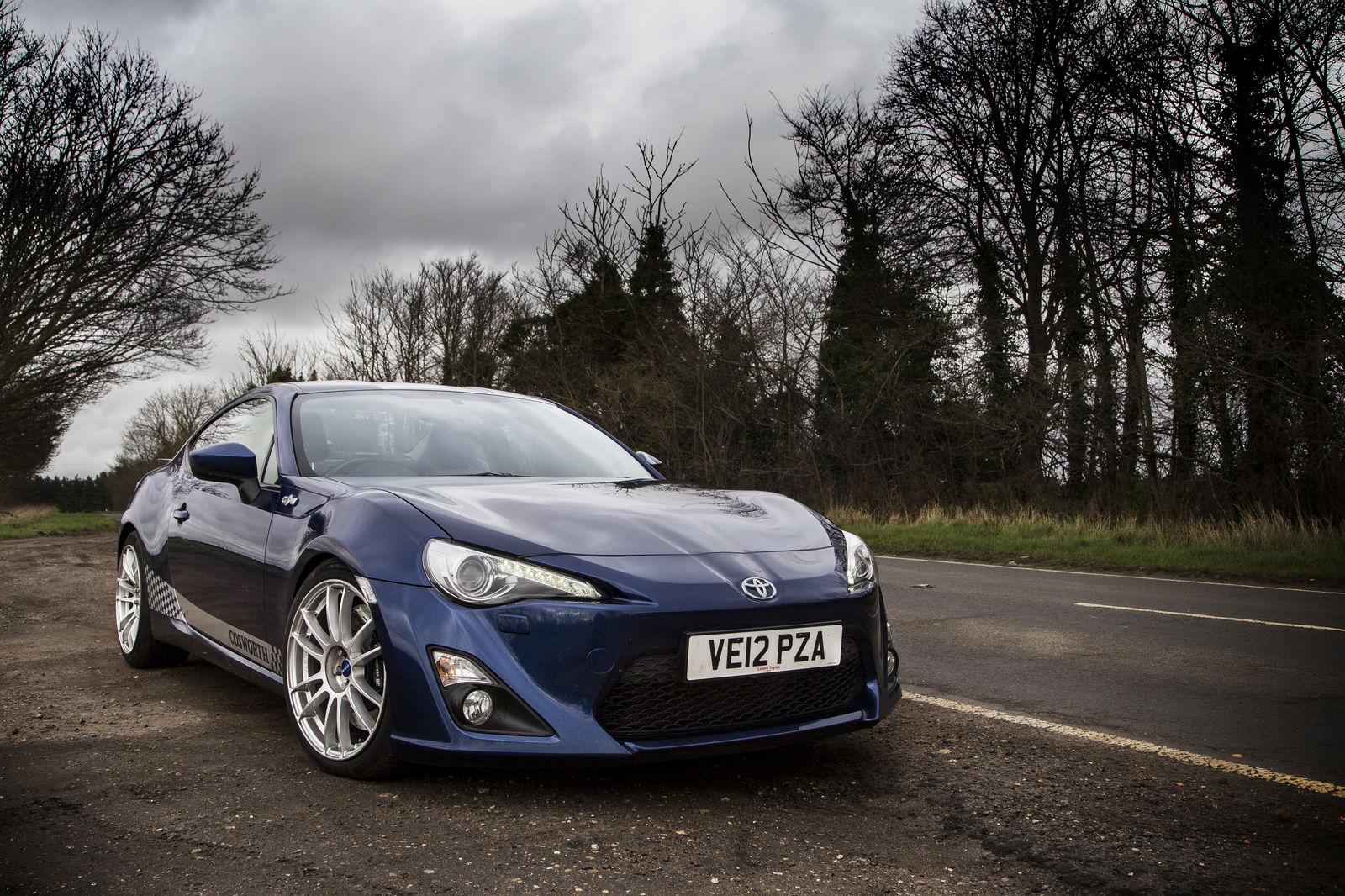
Our experience in the Cosworth GT86 was skewed somewhat thanks to slightly rough running caused by a trial map the company has been trying out, but even with that to contend with, it’s clear that ‘normal’ driving is actually where you’ll feel most of the supercharger benefit.
Sure, it’s amazing fun to belt through the gears with those 80 or so extra ponies on tap, but one of my biggest frustrations with the standard car - having to knock it down a few gears and put your foot flat to the floor to make anything resembling progress - completely vanishes thanks to the burly mid-range. Maximum torque is 243lb ft at 5000rpm, and that makes for a noticeable difference when the standard car makes do with a paltry 151lb ft peaking at 6400rpm.
290bhp is your limit, unless you want to beef up the bottom end
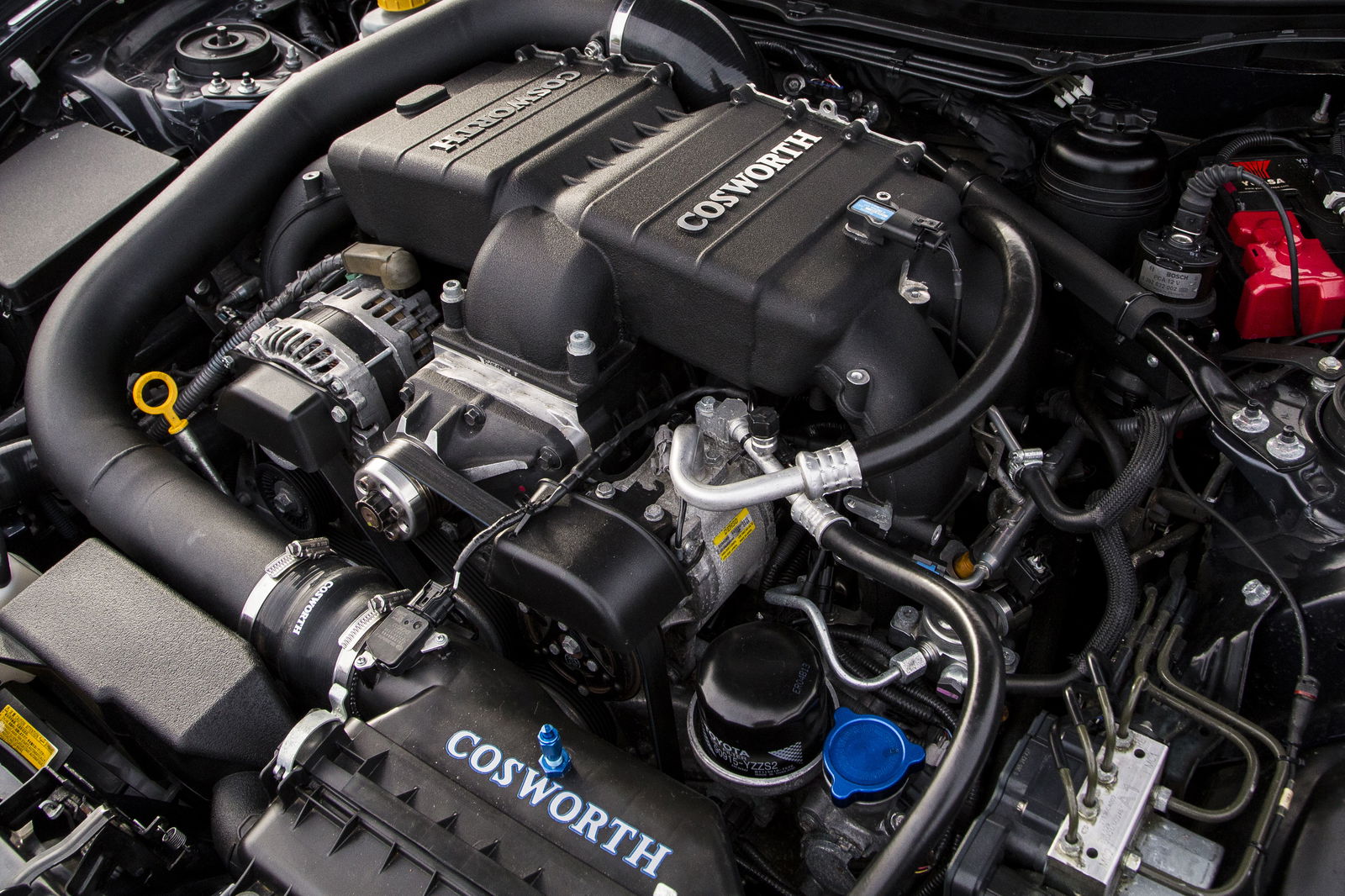
While the Cosworth car puts out 280-290bhp, it’s actually good for a whole lot more. But, there’s a catch, as Senior Development Engineer Matthew Feasey explains to me: “the ‘charger is good for 400bhp, but the trouble is the bottom end won’t take it. If we thought the conrods could take it, we would have given it more boost.”
However, for those hungry for even more power, there is a solution on the way: the Stage III kit. It’s still in development, and will feature strengthened internal components, including upgraded con-rods and pistons.
For a right-hand drive car, supercharging is the way to go
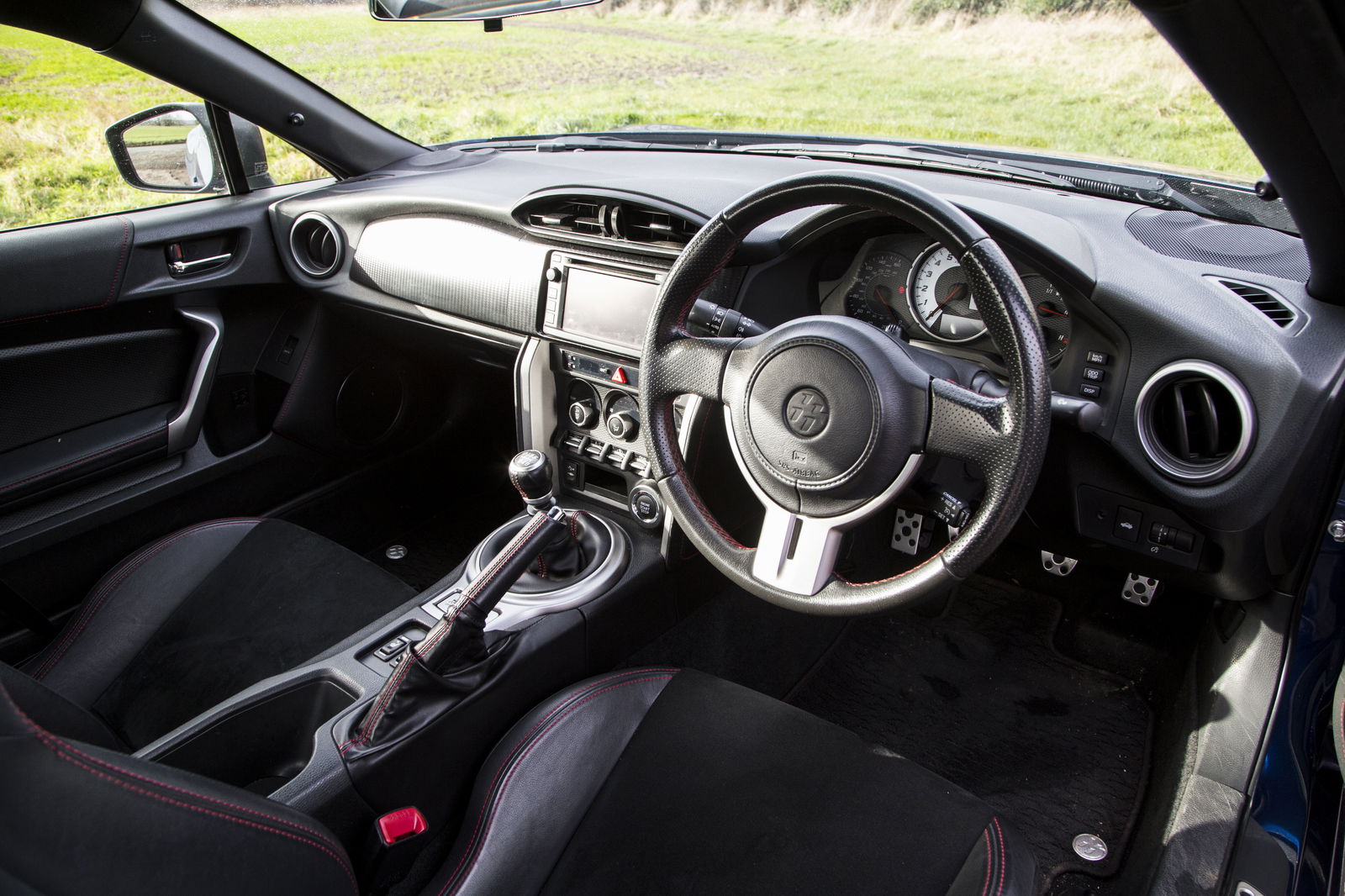
Going only on anecdotal evidence, it seems very much like there are far more supercharging options available in the UK for the GT86 than turbo kits. The reason? It’s all to do with where the steering wheel is.
On all GT86s and BRZs, the exhaust manifold exits to the left-hand side of the car. So, on left-hand drive vehicles, there’s a nice space for a turbo on the other side of the engine. On right-hand drive cars though, that space is taken up by the steering column. It is possible to mount a turbo further forward and lower down, but it’s not the best place for keeping a blower cool, Feasey tells us.
So, if your steering wheel’s on the right, you’re better off with a supercharger.
It's not cheap
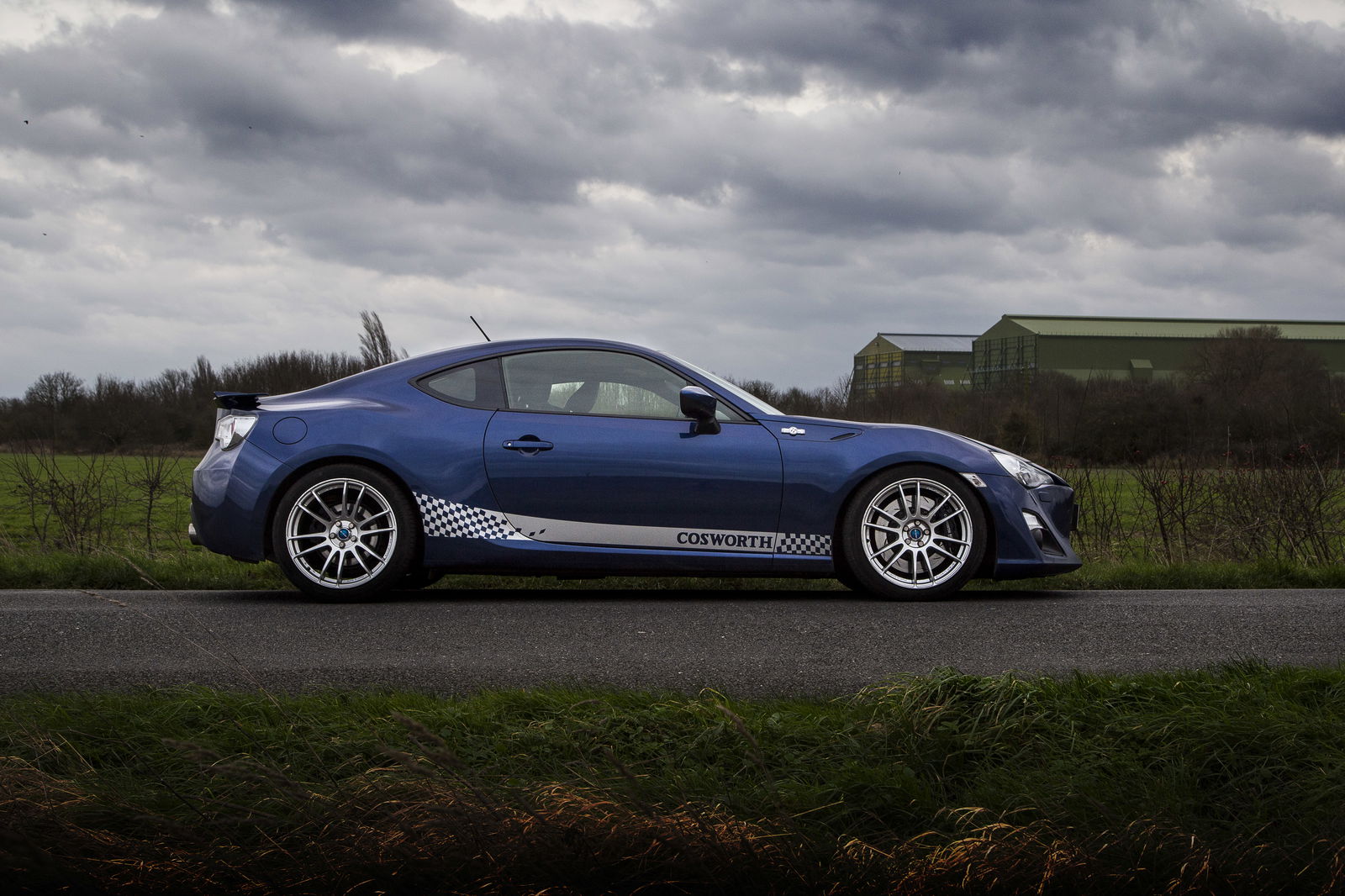
Cosworth’s GT86 is much more exciting to drive than the standard car, has a much more versatile torque output, and has some cool gadgets thrown in. So, you’d be mad not to get a kit for your GT86/BRZ, right? Not so fast: as much as we’d like to recommend the supercharging route, there’s one big hurdle: cost.
The Stage II supercharger kit on its own is £4794 plus fitting, which doesn’t sound so bad, but Cosworth recommends getting the Stage I kit as well, which includes a new air filter plus the ECU upgrade that gives the switchable maps and cool features like the auto blipping. That’s an extra £714, and Cosworth says the Stage II kit hasn’t been tested without Stage I, so if you go straight for Stage II on its own you won’t have a ‘Cosworth validated car’.
Then you have to think about supporting mods. To unlock the full potential of the kit, you’re going to need a catback exhaust, and after driving an HKS supercharger-kitted GT86 on standard brakes a couple of years back, I can tell you it’s not a bad idea to upgrade the stoppers. On this particular car Cosworth has done that via an AP Racing big brake kit - which is fab, but costs over £2000.
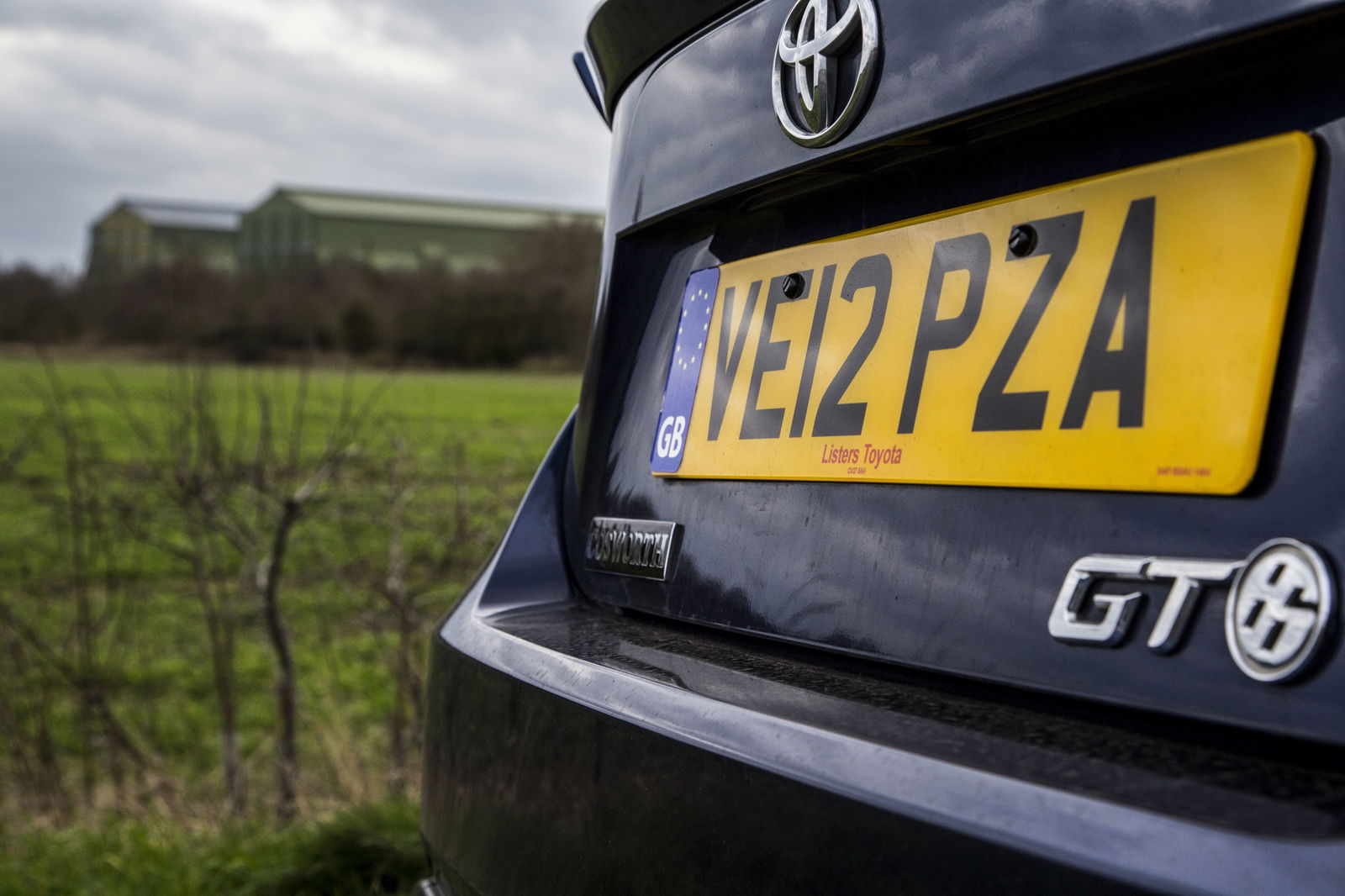
The test car has a set of KW coilovers too (which I’d argue are too stiff for road use, making the car overly nervous on bumpy B-roads), and once you add all that together and stick it on the price of a brand new GT86, you’re getting on for the price of a base-spec Porsche Cayman. This is faster than a base Cayman, but still, that’s a lot of money.
That said, with the cheapest used GT86s now dropping under £13,000, kits like these are becoming more tempting all the time, and not all of the supporting mods listed are absolutely essential. The Cosworth kit is an attractive option: unlike the HKS and Litchfield kits there’s no cutting needed to fit, it’s a positive displacement charger rather than centrifugal, you get a nicely OEM-look inlet manifold, and having switchable maps is a nice touch.
In an ideal world Toyota would give us the option of a faster GT86 from the factory, but for now, this is a pretty damn effective solution.

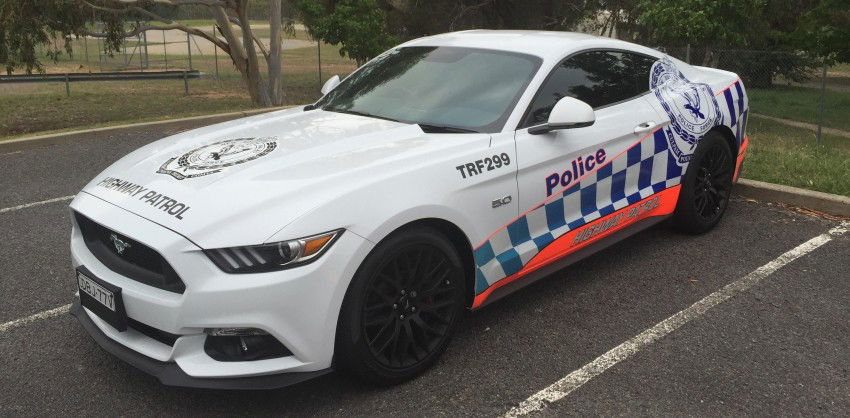


Comments
Turbo FTW then for normal people
Suddenly a wild Twin-Turbo GT86 appears next to an LS3 swapped supercharged BRZ
Just put the Impreza sti engine in it and call it done
Pure genius
Im a little confused, when saying supercharger do you mean belt driven unit or a turbocharger?
.I.i.i.i.i.oioooooooooo.i.oo.i.i.ioo.i.i.i.i.ooo..I.i..o.o.o.iio
Sounds like an LS swap is still the only cure starting from 430HP onwards.
Anyone here who has experience with the Jackson Racing Supercharger kit?
Completely agree about the power. When I turbo’d mine it didn’t feel like it was too much for the car to handle or like it ruined the balance of the car. It just made it better all round and I honestly don’t understand why Toyota won’t make a faster version from the factory.
I will say this though, I have friends with supercharger kits on their car who still blew their motors at around 280-290 whp, even someone who was around 320 wheel who blew on E85. These motors are so weak, I think if you want boost you should build your motor anyways, because the rods are basically garbage from the factory.
Want.
Pagination